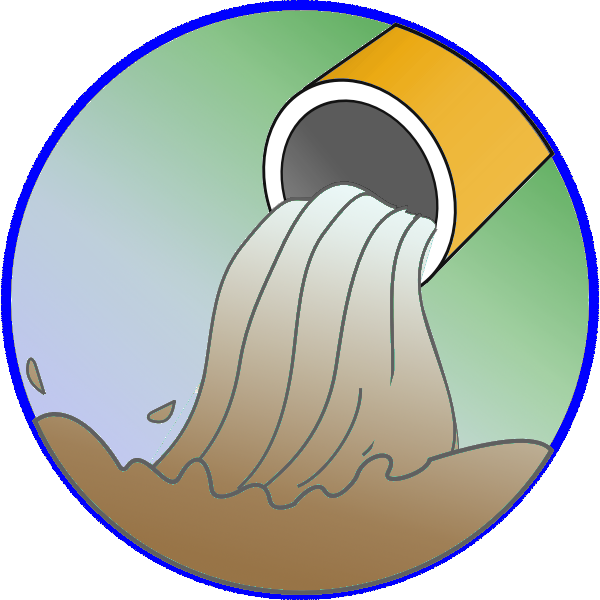
- Teacher: Shahrin Islam
Please be informed that the platform will undergo a short maintenance session today from 12:00 PM to 4:30 PM. During this period, the site may be temporarily unavailable. We apologize for any inconvenience this brief downtime may cause and appreciate your patience and understanding.

There is no content in this section.
To add content, click on the above link ‘Edit course text’
The endeavor of the course is to provide a clearunderstanding and appreciation of the origin, nature, importance anddevelopment of international law, theories as to the basis of International Law,law of nature, positivism, and sanctions of non-observance of internationallaw. The efforts would be to introduce students with different perspectives tointernational law encompassing Third World Perspective more particularly, ourown possible approach towards the present paradigm of international law.
Software Testing and Quality Assurance